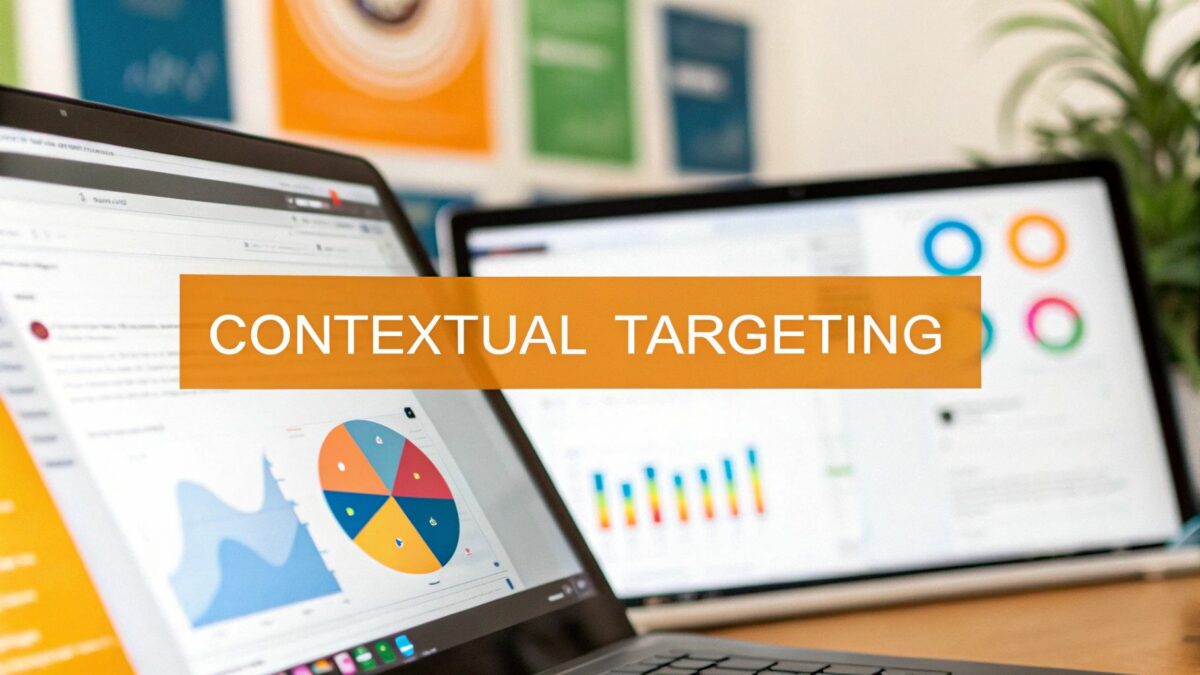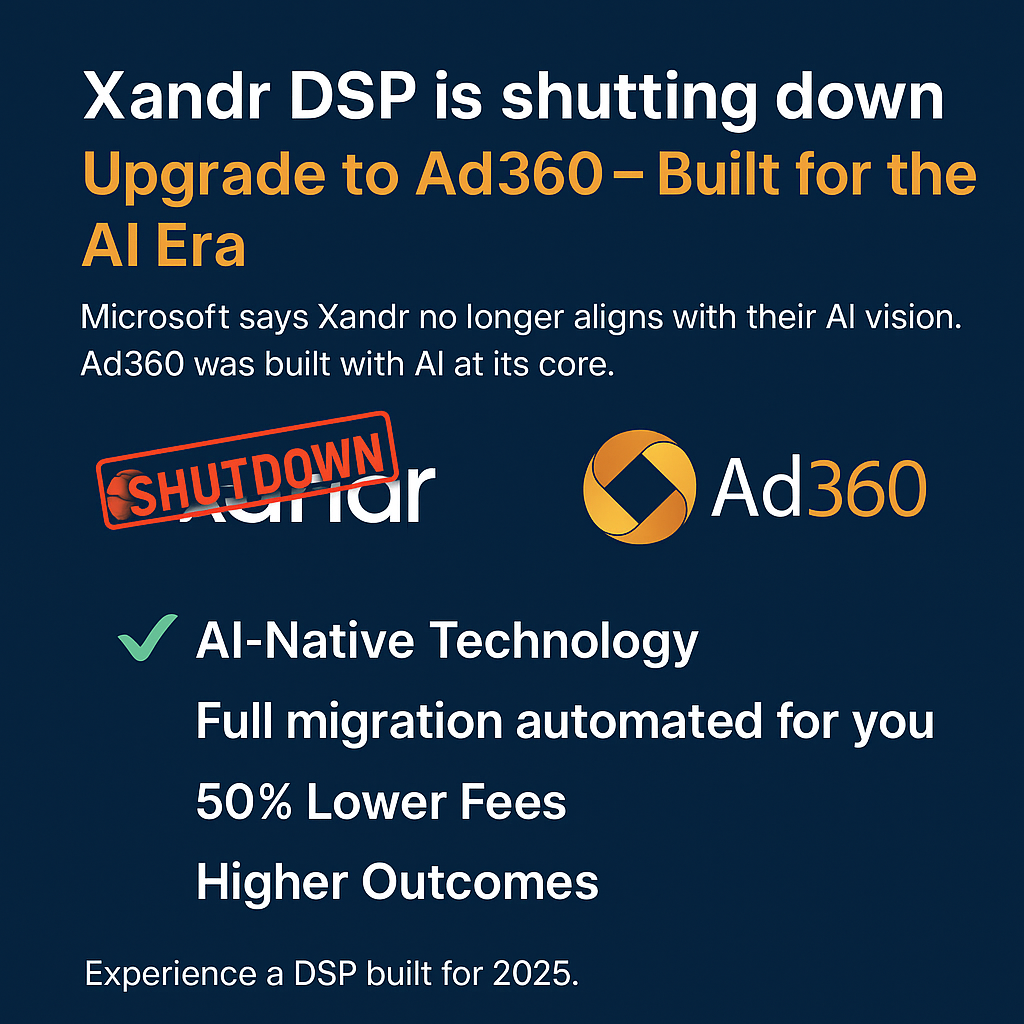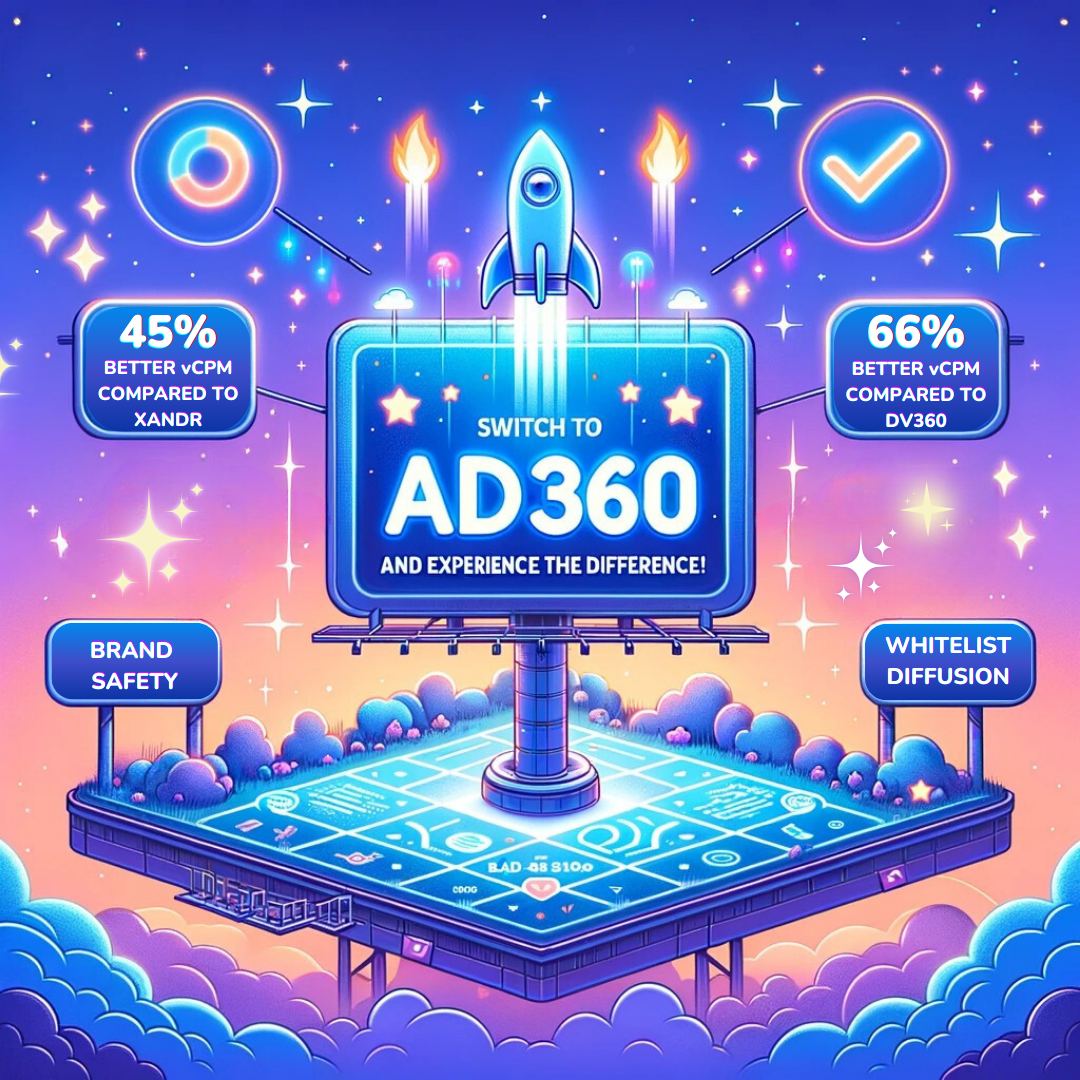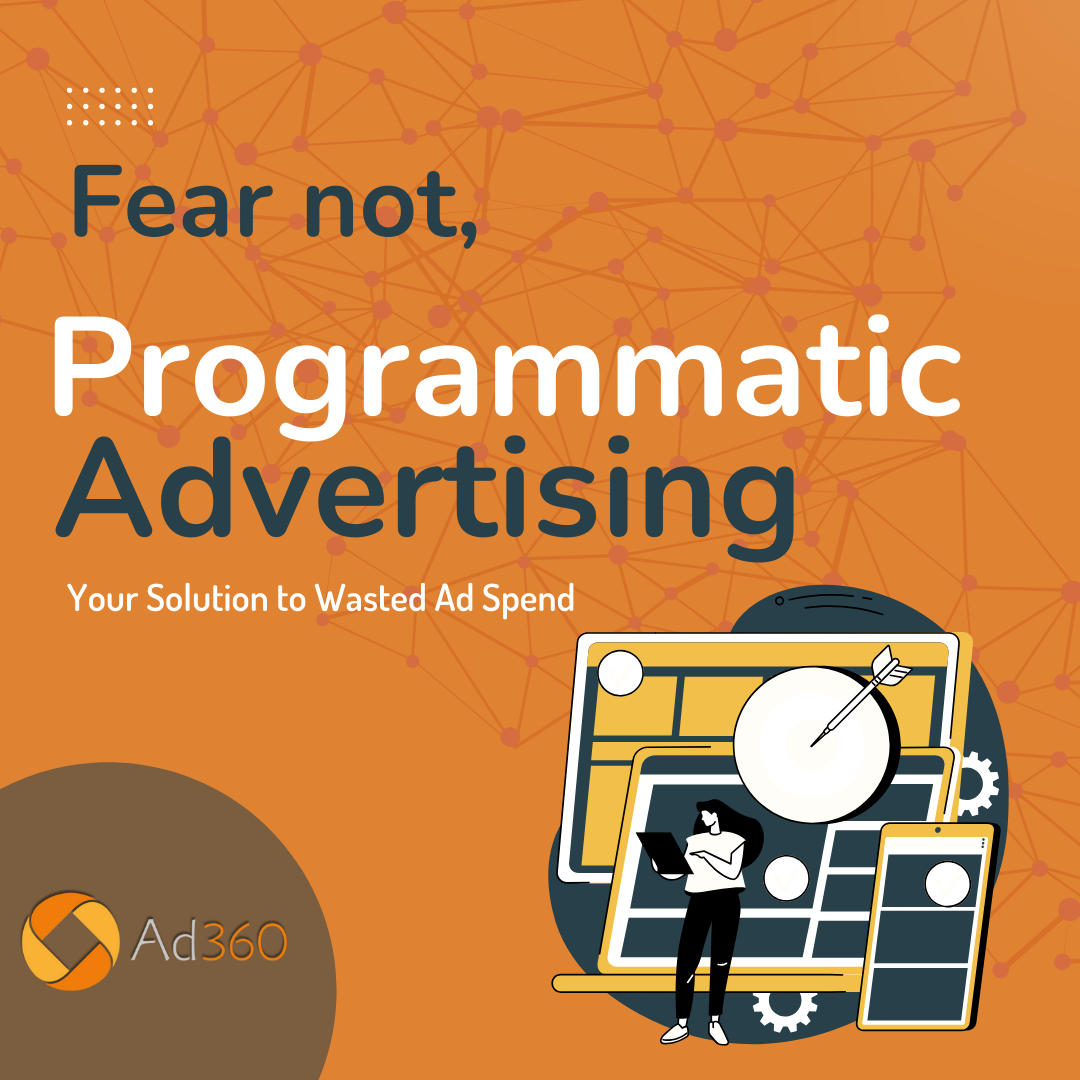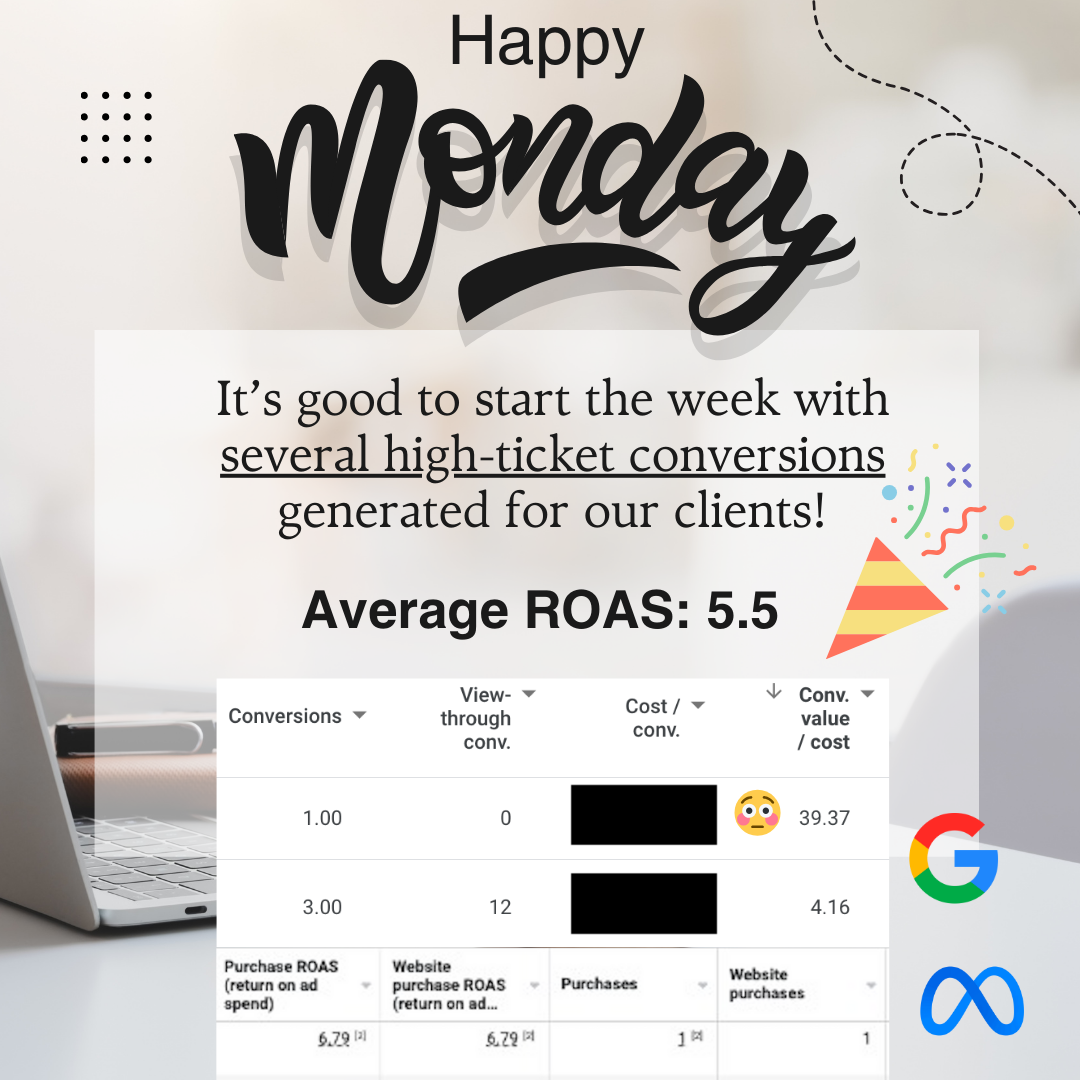Understanding What Is Contextual Targeting And Why It’s Essential

At its heart, contextual targeting is an advertising method that shows you ads based on the actual content of the webpage you’re visiting at that moment. Instead of tracking your online journey across different sites, this approach cleverly looks at the “context” – like the topics, main words, and overall theme of that specific page. This allows for ads to appear in real-time that are highly connected to what you’re currently reading or watching, making the ad feel like a natural part of your experience.
How It Delivers Relevant Ads Without Personal Data
The real strength of contextual targeting comes from its smart real-time content analysis. Think of it like a system that reads a webpage much like a person would, figuring out its subject, any subtle points, and even the general tone. So, if you’re absorbed in an article about learning a new programming language, you might see ads for coding bootcamps or helpful development tools. This way, ads line up with your immediate interest, making it more likely you’ll find them useful.
This approach is quite different from behavioral targeting, which often depends on your past browsing history. Contextual targeting is all about the here and now – what you’re engaged with at this very second, not a long history of your web visits. This makes it a privacy-friendly way to advertise, a really important benefit as data privacy becomes a bigger focus for everyone.
Why Contextual Matters Now More Than Ever
The growing focus on user privacy has certainly sparked renewed interest in contextual methods. Contextual targeting has become popular again, especially with new privacy regulations and user concerns. This type of advertising places ads based on the content you are currently viewing, making sure they are relevant without dipping into personal data. For instance, an ad for running shoes might pop up on a fitness blog, fitting in nicely with what you’re already looking at. You can Explore this topic further on Criteo’s blog.
This shift isn’t just about following rules; it’s also about getting better results from advertising. Some key advantages include:
- Better Relevance: Ads feel like they belong with the content, not like an annoying interruption.
- Improved User Experience: People are generally more open to ads that actually relate to what they’re doing.
- Increased Brand Safety: Advertisers get more say in where their ads are shown, helping to protect their brand’s image.
- A Forward-Looking Strategy: It fits well with the general move away from third-party cookies and respects new privacy standards.
Brands that look ahead are noticing these benefits and are starting to adjust their plans. The main idea behind this success is simple: show ads that truly add to what the user is doing online right now. By understanding and using contextual targeting, businesses can handle today’s advertising challenges, being effective while also respecting user privacy—a crucial mix for lasting growth and building trust.
The Privacy Revolution Reshaping Digital Advertising

The world of digital advertising is changing quite a bit, and it’s mostly because people are more concerned about their online privacy. This means advertisers have to adjust how they’ve always done things.
Techniques like contextual targeting are becoming super important, not just nice-to-haves. So, it’s a good time to really understand what is contextual targeting and how it fits into today’s advertising.
The Impact of New Privacy Rules
A big reason for this shift is new, strong data privacy laws popping up worldwide. Think about rules like the General Data Protection Regulation (GDPR) over in Europe, or the California Consumer Privacy Act (CCPA) in the U.S.
These have really changed the game for how companies can gather and use personal info for ads. Essentially, these laws give us, the consumers, more say over our data, which throws a wrench in ad methods that rely heavily on tracking.
With these rules in place, just grabbing lots of data without clear permission isn’t going to fly anymore. So, advertisers are now looking for ways to advertise that respect people’s privacy.
And that’s where contextual targeting really comes in handy. It matches ads to what’s on a webpage, not to who you are as an individual, which is much more privacy-friendly. You can discover more insights by reading our article on Navigating Advertising in the Age of Privacy.
Adapting to a Cookieless Advertising World
On top of these new rules, there’s another big challenge: major web browsers are getting rid of third-party cookies.
For a long time, these cookies were how advertisers did behavioral targeting – they’d follow what you did on different sites to build up a picture of your interests.
With third-party cookies on their way out, advertisers really need to switch up their game. They have to figure out how to make their ads relevant and effective without being able to track people across different websites.
This is another reason why knowing what is contextual targeting is so important. It’s a solid way to reach people that doesn’t rely on those cookies. By concentrating on the content of the page where the ad shows up, brands can still get the right messages to interested people.
For example, showing an ad for a new blender on a recipe website or a cooking blog makes perfect sense – you’re catching people when they’re already thinking about cooking. This approach keeps ads relevant, can actually lead to improved campaign performance, and helps build more trust with consumers who care about their privacy.
How Contextual Targeting Actually Works Behind The Scenes
Ever wonder how those perfectly placed ads appear right when you’re reading about something related? It’s not a mysterious trick, but rather smart technology doing its job efficiently. This system is built to understand the content on a webpage much like a person would, going way beyond just spotting a few keywords. This detailed process is key to how contextual targeting effectively delivers ads that make sense.
At its heart, contextual targeting uses sophisticated algorithms to carefully examine everything on a webpage. These aren’t just looking for specific words; they’re figuring out the main topics, the finer details, and even the overall feeling of the text and images. This in-depth analysis helps the system get a really clear picture of what the page is about, which is vital for picking the right ads. The infographic below shows this process in action, from looking at the content to matching an ad.
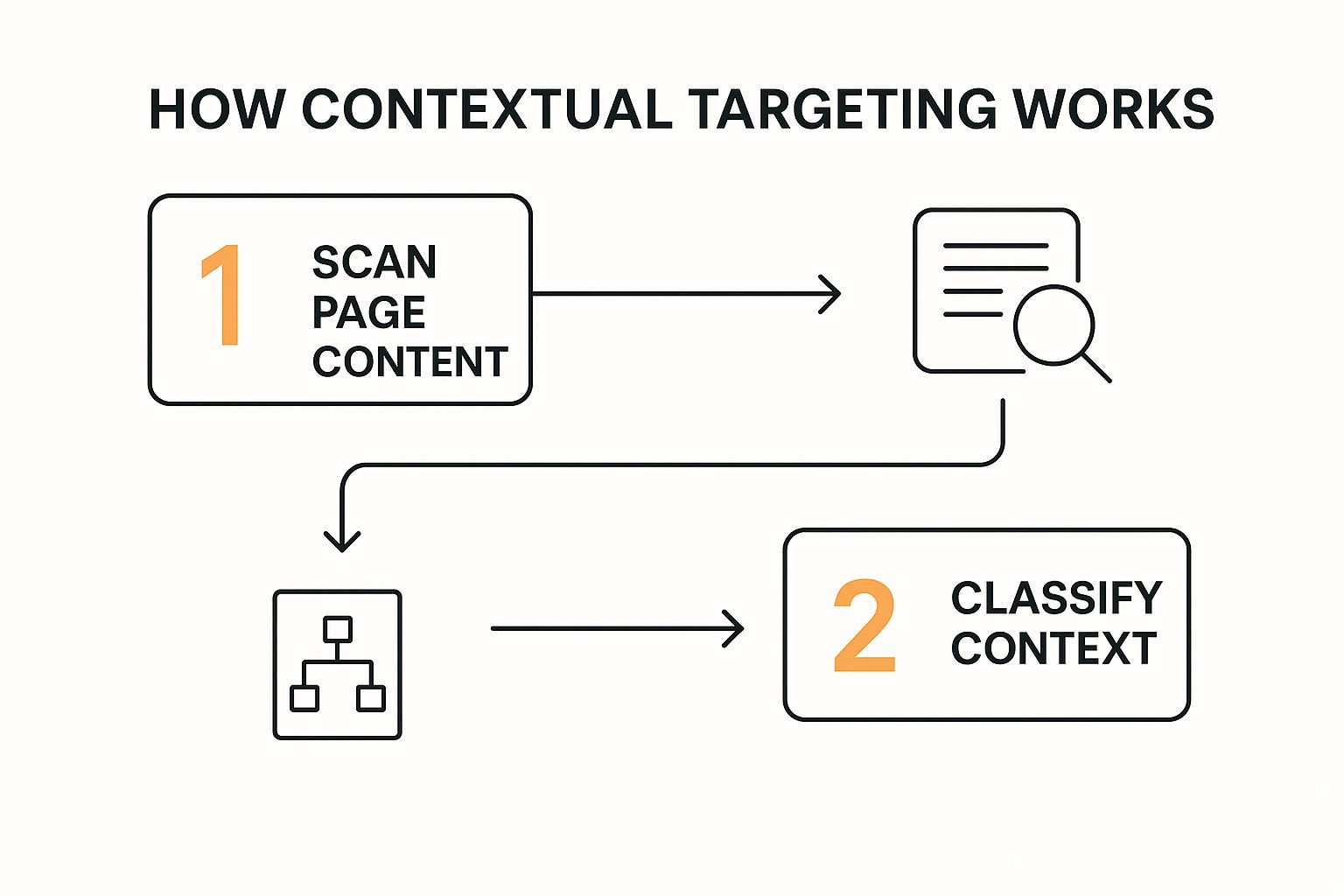
This image gives you a snapshot of the journey: first, the content is analyzed, then its meaning is figured out, and finally, suitable ads are chosen and shown. The amazing part is that this all happens incredibly fast, making sure the ad you see fits what you’re looking at in that very moment.
To get a clearer idea of the mechanics, let’s look at a step-by-step breakdown of this process. The following table details how contextual targeting operates, from the initial content scan to the final ad delivery.
Contextual Targeting Process Breakdown
Step-by-step breakdown of how contextual targeting works from content analysis to ad delivery
| Process Step | Technology Used | Outcome | Timeline |
|---|---|---|---|
| Content Scanning | Advanced algorithms | Webpage text, images, and metadata are collected and initially processed. | Milliseconds |
| Thematic & Sentiment Analysis | AI-driven content analysis tools | Key themes, topics, and emotional tone of the content are identified. | Milliseconds |
| Natural Language Processing (NLP) | NLP engines, machine learning | Language structure, grammar, and intent are deeply understood. | Milliseconds |
| Semantic Analysis | Semantic algorithms | Underlying meaning and conceptual relationships within content are grasped. | Milliseconds |
| Context Classification | Contextual categorization engines | Page content is assigned to relevant categories based on analysis. | Milliseconds |
| Ad Matching | Ad selection algorithms | Relevant ads are chosen from inventory based on the classified context. | Milliseconds |
| Ad Delivery | Ad serving platforms | The matched ad is displayed to the user on the webpage. | Near-instantaneous |
This table shows the rapid and complex journey an ad takes to reach you, ensuring relevance at every step. Each phase relies on powerful technology to make quick, informed decisions.
The Power Of Natural Language Processing (NLP)
A crucial piece of this analytical puzzle is Natural Language Processing (NLP). Think of NLP as a branch of artificial intelligence that gives computers the ability to understand and work with human language. In contextual targeting, NLP algorithms take text apart, looking at grammar, what words mean, and what the writer is trying to say.
This means the system is smart enough to tell the difference between words that sound the same but have different meanings (like “apple” the fruit versus “Apple” the tech giant) by looking at the words around them. It can also understand how different ideas connect. This ability to truly get the meaning is what makes contextual targeting so much more effective than older, simpler methods.
Semantic Analysis For Deeper Insight
Taking things a notch higher, semantic analysis helps the system understand the logical meaning and thematic links within the content. While older keyword targeting just looks for specific words, semantic analysis gets the bigger picture—the main topic and any related subtopics. If you’re curious about the basics that semantic analysis improves upon, you might find our guide on How to Use Keyword Targeting Effectively helpful.
For instance, if an article talks about “baking,” “flour,” and “yeast,” semantic analysis figures out it’s likely about making bread, even if the words “bread making” aren’t explicitly there. This deeper level of understanding allows for ads that aren’t just loosely related by keywords but are genuinely in sync with the content. And all this happens in milliseconds, making contextual advertising incredibly responsive and effective.
Contextual Vs Behavioral Targeting: The Strategic Showdown

When it comes to getting your ads seen by the right people, contextual targeting is a strong contender with some clear benefits. However, it’s not the only game in town; advertisers also look at behavioral targeting. Figuring out how these two differ is key to smart planning and getting the best results from your campaigns.
Both methods want to show people ads they’ll actually care about, but they go about it in very different ways.
Key Differences And How They Stack Up
So, what’s the main way these two approaches are set apart? It really boils down to what information each one uses to find its audience. Contextual targeting looks at the here and now – the actual content of the webpage or app where your ad will pop up.
On the flip side, behavioral targeting digs into a user’s past online activities. Think browsing history, what they’ve clicked on, and even purchase records. This core difference shapes everything from ad accuracy and user privacy to your overall campaign plan.
Let’s paint a picture: imagine someone is online looking up “best hiking boots for beginners.” With contextual targeting, they might see ads for sturdy hiking shoes right there on that page. Behavioral targeting, though, might show them those same hiking boot ads later, perhaps on a completely unrelated news website, all because they searched for boots earlier.
To get a clearer view, let’s lay out their features, benefits, and limitations side-by-side. This table offers a comprehensive look at how contextual and behavioral targeting stack up against each other, especially concerning their impact on user privacy.
Contextual vs Behavioral Targeting Comparison
Comprehensive comparison of features, benefits, and limitations between contextual and behavioral targeting approaches
| Feature | Contextual Targeting | Behavioral Targeting | Privacy Impact |
|---|---|---|---|
| Data Source | Real-time webpage content (keywords, topics, themes) | Historical user data (browsing history, clicks, purchases) | Contextual: Minimal, no Personally Identifiable Information (PII). Behavioral: High, relies on collecting user data. |
| Primary Focus | Relevance to current content being consumed | Relevance to past user behavior and inferred interests | Contextual: Naturally respects privacy. Behavioral: Faces increasing regulatory checks. |
| User Experience | Ads often feel more natural and less intrusive | Can be very relevant or feel invasive if not targeted well | Contextual: Generally positive. Behavioral: Can be mixed, sometimes with a “creepy” feeling. |
| Cookie Dependence | Not reliant on third-party cookies | Traditionally dependent on third-party cookies, now changing | Contextual: Well-suited for the future. Behavioral: Adjusting to a cookieless world. |
| Brand Safety | Greater control, ads appear next to suitable content | Risk of ads showing up in unsuitable or unsafe environments | Contextual: Offers stronger brand safety. Behavioral: Needs careful oversight. |
As you can see, contextual ads often feel more like a natural part of the content. This usually leads to a better user experience and can result in higher engagement rates because the ads connect with what the user is interested in right now. While behavioral targeting can be effective for reaching specific groups, it’s running into more hurdles with privacy rules and the phasing out of third-party cookies. This shift makes understanding what is contextual targeting and its advantages more important than ever.
Combining Strengths: An Integrated Approach
Often, the smartest advertising plans don’t just pick one method and stick with it. Instead, experienced advertisers mix and match, using the best parts of both contextual and behavioral targeting. For instance, contextual targeting is fantastic for building brand awareness and connecting with new people who are currently looking at related topics.
Then, if it’s done correctly and respects user privacy, behavioral targeting can step in to retarget folks who’ve already shown they might be interested. This combined strategy lets businesses reach a broad but relevant audience initially with contextual ads, and then follow up with more specific messages. The most important thing is making sure any behavioral targeting is done with user consent and full respect for their privacy.
Making The Right Choice For Your Goals
So, how do you decide whether to go with contextual, behavioral, or a mix of both? It really comes down to a few key things:
- Campaign Objectives: What are you trying to achieve? Is it broad brand awareness, getting immediate responses, or nurturing potential leads?
- Audience Sensitivity: How does your target audience feel about personalized ads versus their privacy? Some groups are more sensitive than others.
- Industry & Product: Certain products or services just naturally fit better with ads that appear based on immediate context.
- Regulatory Landscape: With privacy laws getting tighter, contextual targeting might be a more dependable option for the long run.
By thinking through these points and really getting what is contextual targeting and how it differs from behavioral methods, businesses can craft ad strategies that work well and treat user experience and privacy with respect. This leads to campaigns that are both effective and well-received.
Proven Performance Benefits That Drive Real ROI
Moving to contextual targeting is more than just keeping up with privacy rules; it’s a smart play that really pays off. The numbers show it can bring a solid return on investment (ROI). When you get a good grasp of what is contextual targeting actually means and what it can do, you’re set to see some real boosts in your campaign results.
Driving Engagement and Connection
A major plus of contextual ads is how they build real connections with people. Since these ads pop up alongside content someone is already interested in, they feel natural, not like a bother. This smart placement really works wonders. In fact, research shows contextual ads can increase engagement by as much as 25% over other ad types. This happens because the ads just make sense with what people are looking at, making them more likely to pay attention and click. You can find more details on advertising effectiveness to see for yourself.
When people are more engaged, your campaigns simply do better. Imagine reading about mountain trails and then seeing an ad for hiking boots – it’s spot on! This kind of relevance makes people much more likely to check out what you’re offering.
Enhancing Brand Safety and User Experience
It’s not just about getting more clicks; contextual targeting also strengthens your brand safety. By placing your ads next to fitting content, you have better say over where they appear. This helps you avoid spots that could harm your brand’s good name, which is super important for keeping up a positive image.
This thoughtful ad placement also creates a superior customer experience. Ads that blend in with the content, instead of sticking out like a sore thumb, are seen in a much better light by users. This means less “ad blindness” and an audience that’s more open to your message, making every dollar you spend on ads work harder.
Optimizing for Maximum Impact and ROI
To get these kinds of results all the time, you need a smart plan for setting up and managing your campaigns. If you really want to get the most out of your efforts and boost your contextual targeting ROI, there are a few key things to focus on:
- Dig into Advanced Content Insights: Find out what kinds of content and which publishers work best for your ads. Knowing these details helps you target more effectively.
- Make Strategic Category Choices: Pick content categories and keywords that are a close match for what you offer. The more specific you are, the better your ads will do.
- Focus on Continuous Measurement and Tweaks: Set up solid ways to track your campaigns. Keep an eye on the data to see what’s hitting the mark and where you can make changes for better results and reach.
Using these approaches can really give your campaign success a big lift. If you want to learn more about how the right context can get people buying, check out this guide on How to Make Sales Explode with Context Ads. These straightforward steps help make sure your contextual campaigns respect privacy and, just as importantly, bring in real business.
Advanced Strategies For Contextual Campaign Mastery
Getting a solid return on investment (ROI) from contextual advertising is a fantastic first achievement. However, to truly become a pro at your campaigns, it’s time to look at more advanced strategies. These smarter approaches will deepen your understanding of what contextual targeting is all about, helping your ads hit the mark precisely and adapt, setting you apart from others and supporting long-term growth.
Unlocking Deeper Meaning With AI And Sentiment
To take your contextual campaigns to the next level, you need to go further than simple keyword matching. This is where AI-powered semantic targeting steps in. Rather than just scanning for particular words, AI systems dig into the deeper meaning, the subtle points, and how different ideas in the content relate to each other. This makes sure your ads show up next to content that’s genuinely a good fit, not just a surface-level match.
Then there’s sentiment analysis, which adds another smart layer. This tech figures out the emotional vibe of the content, whether it’s positive, negative, or just neutral. Knowing the sentiment helps you place your ads where they feel right, which is great for keeping your brand safe and making a better connection. For instance, a cheerful ad for a vacation package fits much better with a glowing travel blog than a story about travel disasters. Machine learning tools are always getting better at sorting content this way, making them more accurate as time goes on.
Dynamic Adaptation And Seamless Integration
Things online change fast, so your contextual campaigns need to keep up in real time. That’s what dynamic content matching is for. It lets your ads change based on what’s happening right there on the page, or even based on outside info. Imagine a sports gear ad showing items for a team that’s currently a hot topic in the news article someone is reading. This kind of instant fine-tuning keeps your message super relevant, adjusting to new content almost immediately. Some systems can even tweak ad content using live data like the local weather or breaking news.
At the end of the day, the best strategies don’t treat contextual targeting as a standalone thing. Top marketers usually weave their contextual campaigns smoothly into their bigger marketing picture. This involves:
- Mixing what you learn from contextual ads with data from your other marketing channels to get a complete view of your audience.
- Using contextual ads to get your brand noticed first, and then using other techniques for remarketing (while always respecting privacy).
- Keeping your message the same everywhere your customers see it.
When you do this, you build connected, effective campaigns that bring in real business results. It really shows how powerful a well-planned, context-smart strategy can be.
Your Practical Roadmap To Contextual Targeting Success
So, you’re clued into contextual targeting and see how it can sharpen your marketing. Great! Now, let’s get practical. This guide will walk you through setting up campaigns that really connect with people by matching their current interests.
Laying The Foundation: Initial Steps
First things first, you’ll need to pick where your ads will run – these are your advertising platforms. You’ve got big players like the Google Display Network or more specialized ad tech companies. Look for options that give you good ways to categorize content and provide clear reports on where your ads actually appear. For smaller businesses, focusing on very specific, relevant spots can be a smart money move, while bigger companies might explore wider areas but still segment carefully.
When it comes to money, it’s wise to figure out an initial budget allocation. Starting with a test budget is a good approach. Many businesses see good results by setting aside about 15-20% of their digital ad money for contextual ads when they’re just beginning. This gives you room to learn and tweak things before going bigger.
You’ll also want the right tools and technologies to keep everything running smoothly. Many current advertising platforms bring all your campaign management into one place. They often include features for picking keywords and topics, managing your bids, and seeing how things are going with real-time information. These tools are super helpful for seeing how well your contextual ads are doing and making quick changes.
Crafting And Launching Your Contextual Campaign
Before you hit “go,” it’s a good idea to set some realistic expectations and Key Performance Indicators (KPIs). Contextual targeting can bring great outcomes, but remember, success usually grows step by step. Keep an eye on numbers like click-through rates (CTR), conversion rates from the right contexts, and view-through conversions. Really understanding what is contextual targeting – showing ads relevant to the content someone is viewing right now – helps you set goals that make sense for this approach.
Here’s a quick checklist to make sure your launch goes smoothly:
- Define Clear Objectives: What’s the main goal for this campaign? (Think brand awareness, getting leads, etc.)
- Identify Target Contexts: Do your homework and list website categories, keywords, and topics that fit.
- Develop Compelling Creatives: Make ads that look good and have a message that fits where they’ll appear.
- Set Up Tracking: Double-check that your conversion tracking and analytics are all set up to measure how things are going.
Monitoring, Optimizing, And Scaling
After your campaign is up and running, keeping an eye on performance tracking and optimization is crucial. Check your campaign data regularly. You’ll want to spot which contexts are doing great and which ones aren’t quite hitting the mark.
Don’t be afraid to try A/B testing. This means trying out different ad designs, headlines, and calls to action to discover what connects best with audiences in certain contextual settings. This kind of ongoing refinement is how you really boost your return on investment.
Watch out for a few common slip-ups. Targeting contexts that are too wide can make your ads less relevant, while going too narrow might mean not enough people see them. It’s also important to keep your negative keyword and context lists fresh to stop your ads from showing up in the wrong places. And don’t forget to update your ad visuals and messages now and then – old ads can lead to ad fatigue and worse results.
As you get more comfortable and see good results coming in, you can start scaling your contextual targeting efforts. This could mean slowly increasing your budget, trying out new relevant contextual categories, or looking into more advanced options on your ad platforms. What you learn from your first campaigns will give you a strong base to grow from.
Eager to see how precisely targeted campaigns can improve your advertising results? Find out how Ad360 can help you manage and fine-tune your contextual advertising across all the big channels. Explore Ad360 today!
